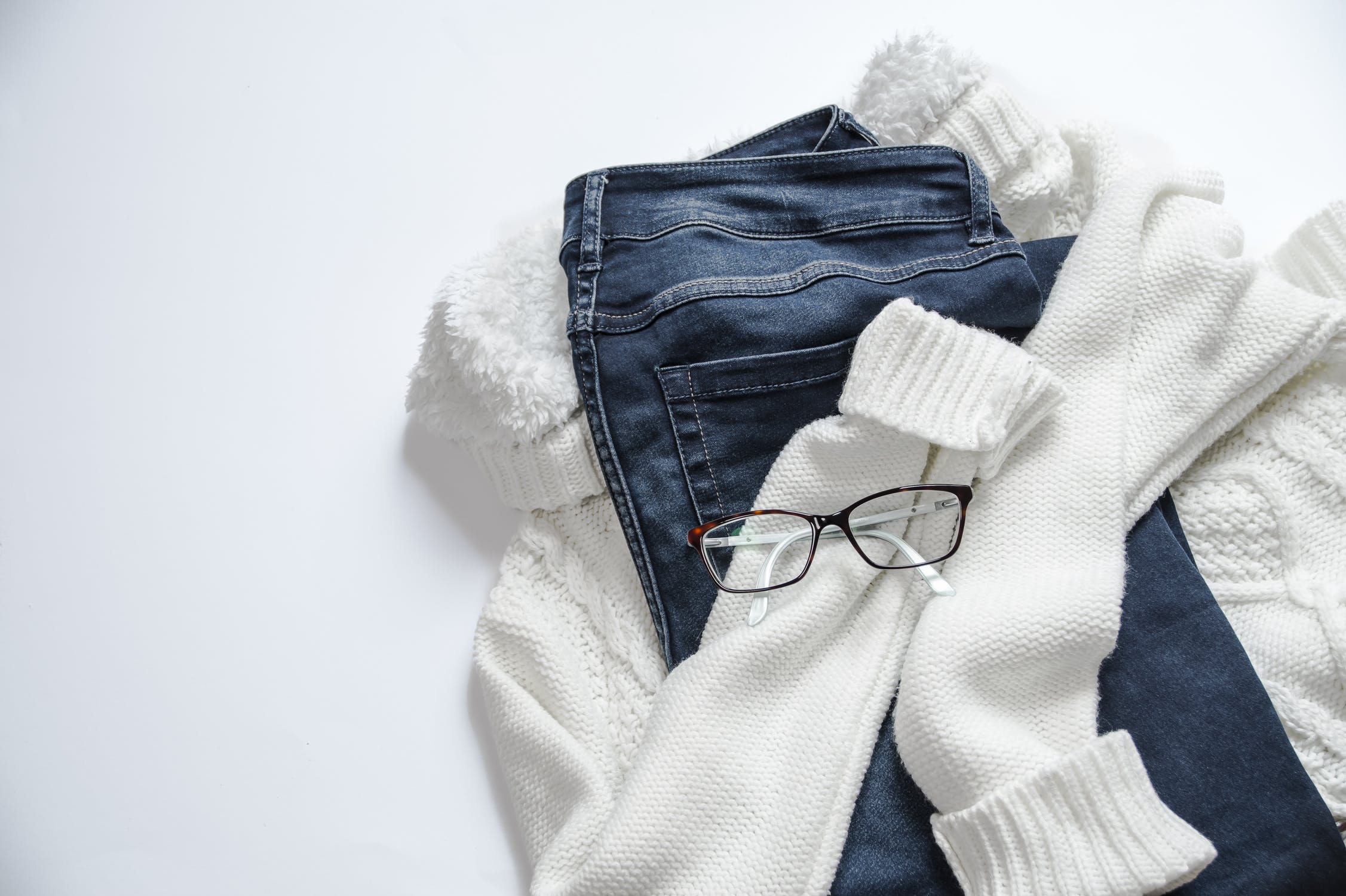Have you ever been frustrated looking for clothes that fit you or match your style? As someone who is consistently dissatisfied with the clothing available to me in stores, I have taken to creating my own garments by either mixing clothes I have, or those I have bought second hand. Occasionally I even purchase the material off a roll and tailor it myself. While this may not be for everyone, here are some materials you should be knowledgeable about before you take to designing and creating your own garments.
Cotton
Cotton fibres are derived from the seedpod of a cotton plant and this is one of the most widely used materials for clothing in the world. While cotton fibres range from a half inch to two inches, it is those over one and a half inches that produce the highest quality fabrics. The Pima and Egyptian varieties that are the longer types, are of the highest quality.
Linen
One of the oldest textile fibres, linen is derived from the flax plant and is stronger than cotton. It is an ideal material for clothing in hot climates as it is very breathable and lightweight, allowing sweat to evaporate quickly. Linen also becomes more comfortable and softer as it is worn. It does however, crease very easily unless blended with other fibres, and this is one of the disadvantages of using this fabric.
Nylon
This is a completely synthetic fibre that was initially marketed as the cheaper alternative to silk, and made it an attractive option for womens stockings. Nylon revolutionised more than just the garment industry. While its uses are not limited to garments (nylon is used in toothbrush bristles and fishing lines), it is in this industry where it has the greatest impact. Nylon is very versatile and durable, especially when it comes to being dyed, and makes an excellent waterproof material.
Polyester
This synthetic fibre and fabric is the most widely used in the world for clothing. The advantages of using this material is its strength, durability and even combining it with cotton removes the need for ironing! Polyester is easy to wash and maintain as long as you follow the care instructions carefully, and although they get a bad rap (mainly for plastic pollution), the fabric itself is of extreme importance to the garment industry. My best womens rain jacket relies on polyester to remain effective!
Wool
A fabric known for its warmth and, surprisingly, its water-resistant properties, wool comes from the fleece of various animals such as sheep and goats. It is a great material to use for sweaters and socks thanks to its natural antibacterial properties; and a little known fact is that untreated wool can almost be completely waterproof. Try making a fancy womens waterproof jacket out of that!



